How Long Does Beetroot Take To Grow and Mature?
Enjoy freshly grown beetroots in around three to four months
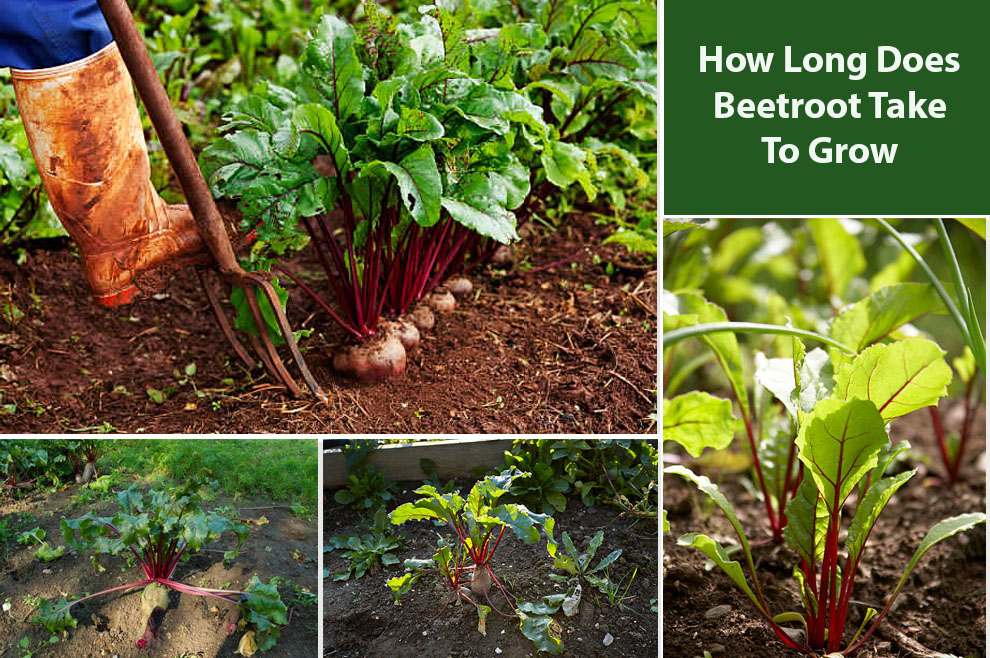
Botanically called the beta Vulgarisand also known by its colloquial name, beets are a healthy and sweet vegetable full of antioxidants.
Typically, beetroot is easy to grow, hardy, and one of the best vegetables for experienced gardeners as well as first-timers. Mostly, people grow red beetroots, but there are others like orange, white, and yellow varieties.
If you plant the beets correctly, it is a matter of 10-15 weeks before you could enjoy crunchy home grown beets.
Let us understand in detail how long does beetroot take to grow at each step.
Crunchy Juicy Home Grown Beets
Beets are root vegetables and grow best in cold climates. Usually, they do not take more than 15 weeks to mature, but the time mostly depends on the variety chosen. Fortunately, overwintering is one of the most recommended methods to extend the harvest season.
Beets thrive in nutrient-rich soil. They like low nitrogen but a high phosphorous content. It is easier to avail a fine, soft ground with plenty of humus if grown organically. Do not deprive them of moisture as it alters the days to maturity and their size.
Beetroot becomes easy to grow if you cultivate the soil before planting it and place it in full sun. It hates shady, boggy, or wet soils.
Read below to find the precise window for growing beetroot from sowing to harvest.
How Long Does It Take Beets To Germinate?
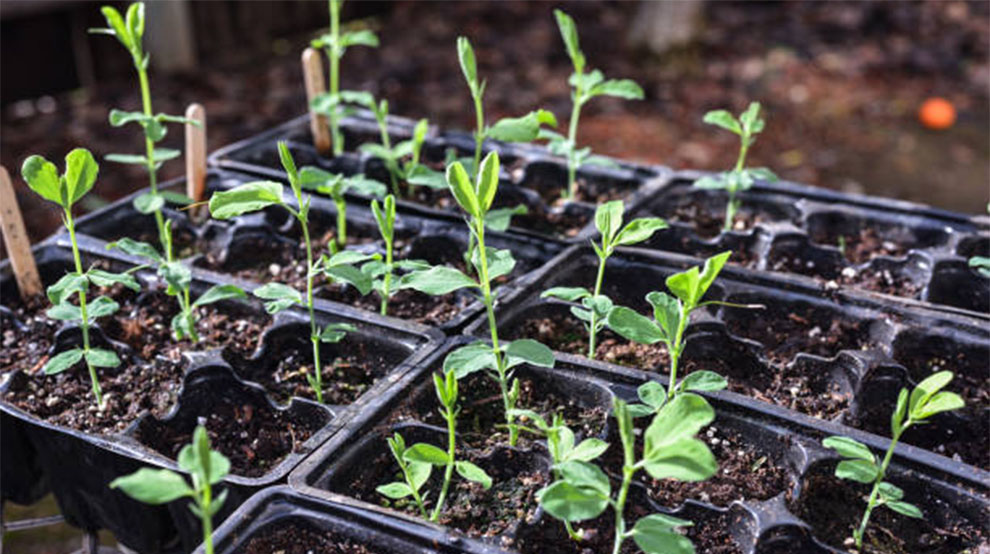
Typically, beets take between one to two weeks for germination. You need to soak the beet seeds for 30 minutes in water before planting. It hastens the sprouting process. Also, never sow the seeds before warming the soil. The ideal soil temperature is 50-80 degrees Fahrenheit.
The germination happens fast when the soil temperature is between fifty and eighty degrees. Once the air and soil temperature goes above eighty degrees, there is a significant drop in the germination level. It might also cause the seeds sitting in the moist, warm soil to rot and mold.
How Long Does It Take To Grow Beets From Seed?
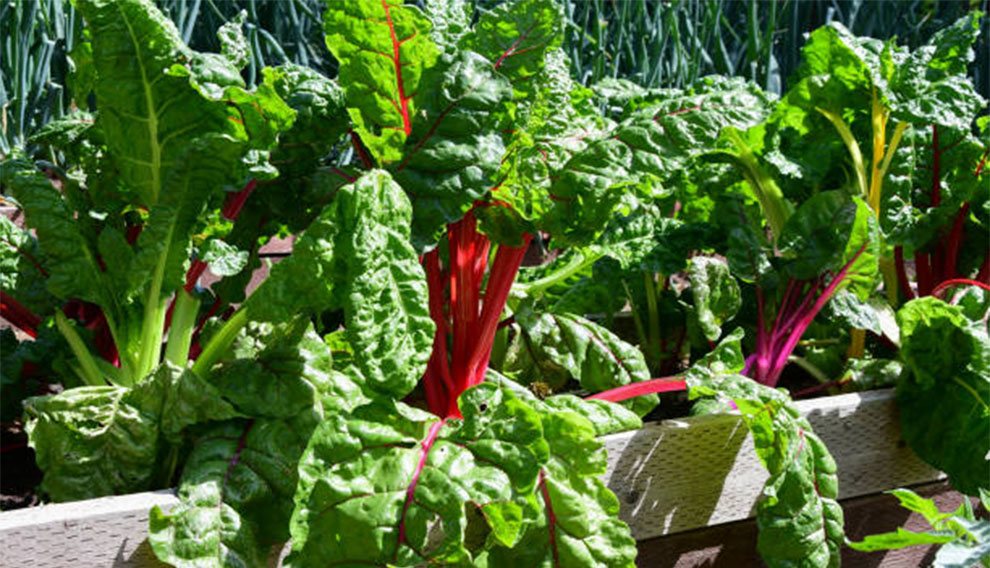
Beets are a root crop that takes around three to four months to mature. It is relatively easy to grow the crop, provided you plant it in cultivated, well-drained soil. You can sow them in the tray and transplant them when you see seedlings popping two true leaves.
Now, you can take the healthy seedlings and leave behind the weaker ones. Place it in full sun, space the seedlings about 10-15 cm apart, and rows at least twenty to thirty cm apart. It gives the plants ample room to grow.
Beets grow best in raised beds, tubs, and containers. Without the right location, they might take longer to mature or sometimes may have unhealthy growth like thin tubular beets.
They thrive in small areas also, provided there is at least a twenty cm depth in the soil. Always remember, the better the soil, the better the plants. So, if you commence with an existing garden bed, add organic matter like Tui Compost and Tui Sheep Pallets into the soil.
Further, add a Tui Vegetable Mix for moisture retention. If you plant beets in containers and pots, add some Tui vegetable mix to it.
The most suitable time to plant the beets is later in the day or early morning to ensure that the plant is not damaged by harsh sunlight. After you finish planting, water them well.
After you sow the seeds and nourish them well, you must wait at least six to eight weeks for harvesting. Ideally, you can harvest between midsummer to late fall.
Beet Varieties That Don’t Take Much Time To Mature
Above, we have discussed how many days does beetroot take to grow, but then, too, some varieties take longer than average, while others take lesser time to mature. Below, we will discuss some types that do not take much time to grow:
1. Chioggia
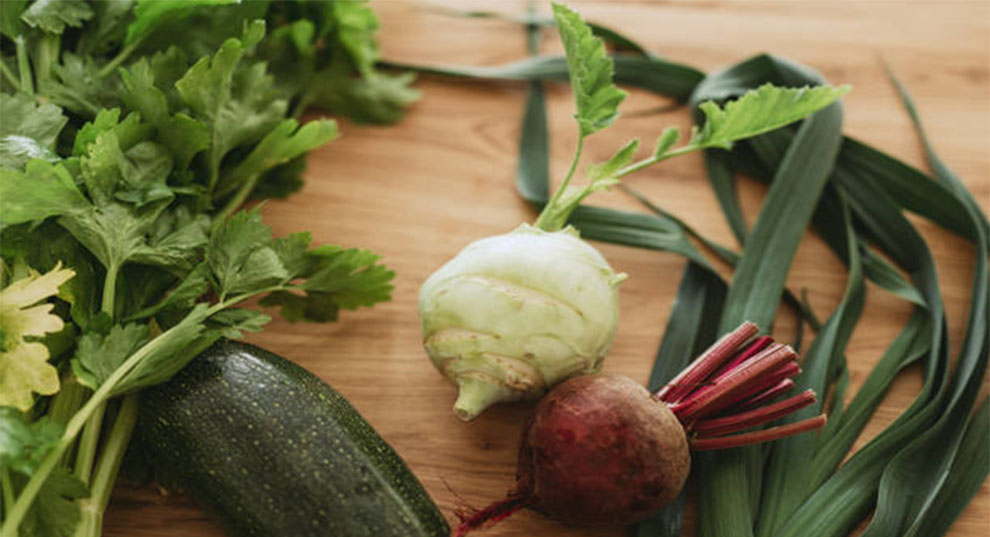
Also called the Bull’s eye, Dulce di Chioggia, or Candystripe, Chioggia is a beautiful heirloom cultivar that gets its name from a small fishing town in Italy. On the exterior, it has a beefy, round, unremarkable look. But, when you slice it open, it presents concentric rings of pink and white.
It has a sweet, delicate flavor that adds a pop of color to the salads. When you cook it, its ring pattern fades. It can be harvested after fifty days, but you must wait sixty days to pull the 3-4-inch candy-cane striped beauties from the ground.
2. Avalanche
Avalanche is an open-pollinated white cultivator with a mild, sweet flavor. It has creamy-white roots with an all-season sweetness of the red beet and no hint of bitterness. Its creamy texture and mild flavor make it suitable for raw slicing in salads.
They are also delicious when added to stews and soups. The avalanche’s round roots are harvested when they are two to three inches in diameter, approximately fifty days.
3. Bull’s Blood
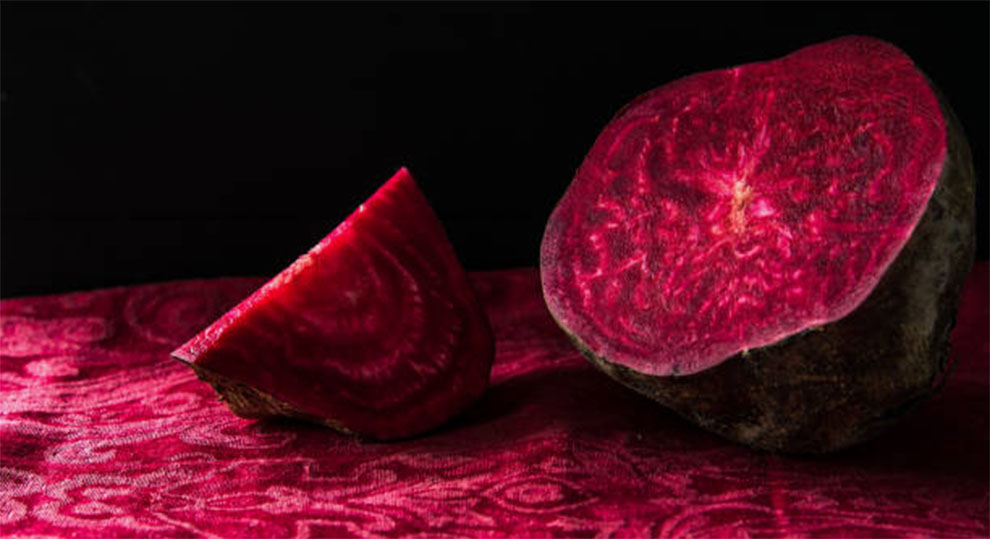
Developed from the French Variety, Crapaudine, Bull’s Blood was introduced in 1986. It has deep purple leaves, and you can harvest it as microgreens to add color to the salads. You can also sauté it like Swiss Chard. Bull’s blood has deep red roots with a slightly earthy and sweet flavor sans any bitterness when you harvest it young.
The Bull’s Blood roots take about fifty-five days to establish, but you can reap the tops in about a month.
Beets That Take Longer To Mature – How Long Do They Take To Grow?
On the contrary, some beet varieties take longer than average to mature. Below, we will discuss them one by one and how long does beetroot take to grow from each variety
1. Cylindra
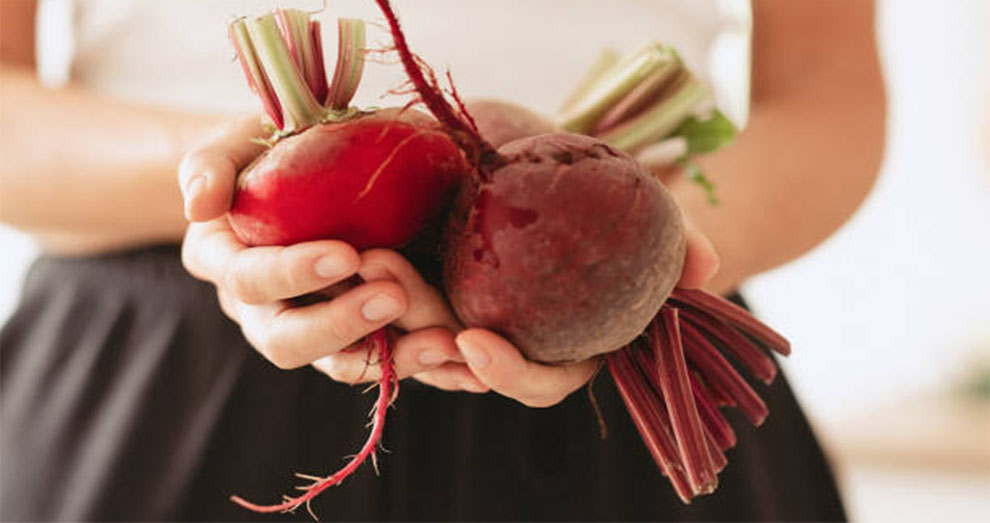
These are small to mid-sized varieties, typically between seven to twenty cm in length and four to five cm in diameter. They have a slender, straight, or elongated shape. These are harvested while small, seven and ten cm in length, as their smaller roots have a milder, sweet flavor and a tender texture. They are typically ready for harvesting in fifty-five to seventy days post-sowing.
2. Ruby Queen
Ruby Queen is one of the most-loved beets for all generations of gardeners. Its smooth-skinned, round beets are tender with an earthy beet flavor, and the deep red and ringless foliage retains its color when pickled or canned.
It is an early maturing variety and has a forgiving habit. Ruby Queen can hold its shape when crowded and performs even in poor soil. These are ready for harvesting in sixty days.
3. Lutz Green Leaf
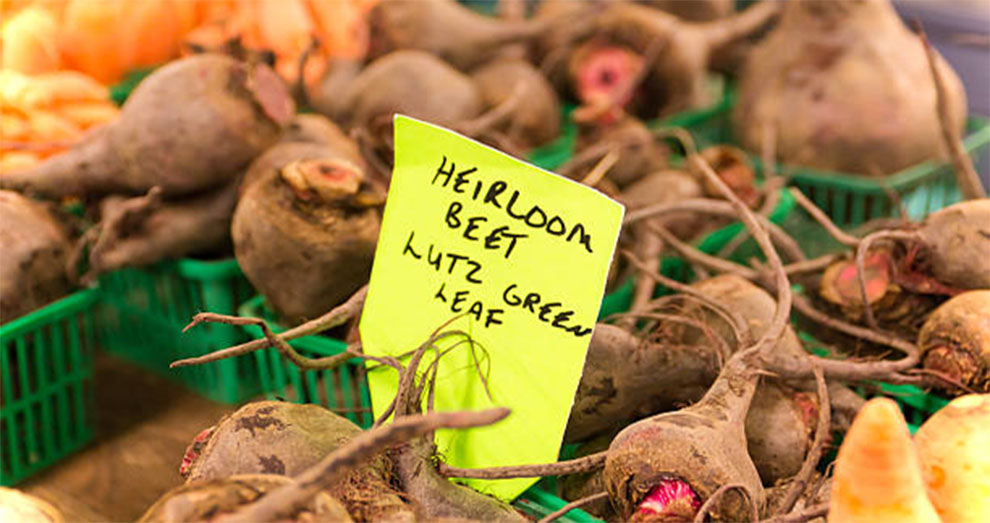
It is a popular beet variety that can grow six inches wide. It has an unsurpassed storage capacity, bagging the name Winter keeper. Its crimson roots have a delectable flavor, and Lutz Green Leaf becomes sweeter as time progresses.
You can enjoy them fresh, roasted, pickled, or boiled, as they are an excellent addition to salads. Its fuchsia-veined, glossy foliage is attractive. These are ready for harvesting in seventy days.
How Can You Tell If Beets Are Ready To Harvest?
The harvest time depends on how long does it take for beets to mature. Keep a track of the variety you plant and normally how much time does it take to mature.
When the time is close, you can know whether your beets are ready for harvest by clearing away some soil or mulch from around the top of the beets and then searching for the crowns protruding over the soil line. If an inch or two sticks above the soil, your beets are ready for harvest.
Frequently Asked Questions
Ques 1. What month is best to plant beets?
Ans. Beets are cold-tolerant. So, you can plant them in spring.
Ques 2. How many beets will one plant produce?
Ans. One plant produces one beet.
Ques 3. Why are my beet seeds not germinating? What could be the possible problems?
Ans. Beets thrive in well-drained, loose soil in a spot where they receive full sun for at least six hours every day. One of the primary problems with beets not thinning is poor planting. Proper spacing is quintessential to achieving a quality crop.
Thinning is particularly pivotal for beets because every beet seed is a fruit with several seeds. You can thin the planting when the seedlings are about three inches tall by eliminating the weaker and smaller seedlings and leaving behind the more vigorous plants. Once you thin them, the plants must be spaced at least three to four inches apart.
Poor germination is another concern, resulting from the dry soil conditions or the soil crusting. You can prevent crusting by light mulching the seeded row with peat moss, sawdust, or dry grass clippings. Watering the rows during dry weather can also help with germination.
